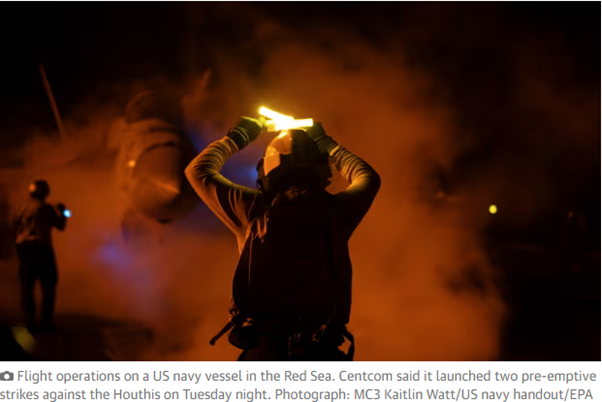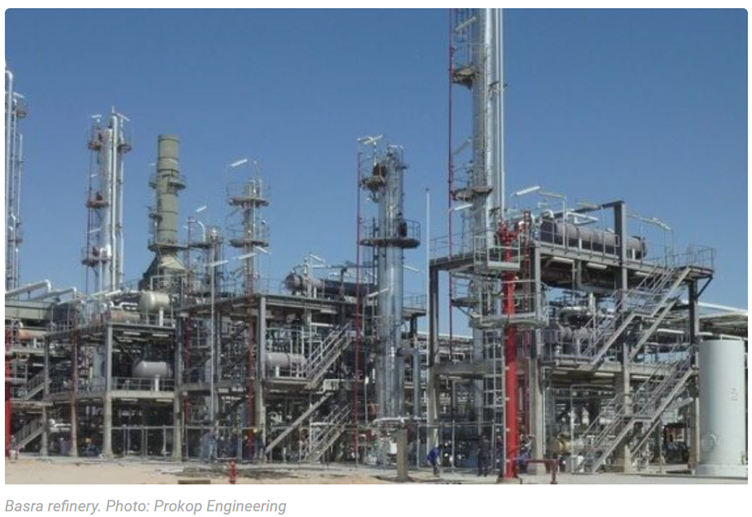
Risks to Watch in 2021
The COVID-19 pandemic has taught all of us lessons in risk and resilience. The pandemic shocked people around the world with a magnitude unparalleled in recent history. While the circumstances may be unique, the reality is there will be more unexpected disasters in the near future. To quote Mark Twain, “History doesn’t repeat itself, but it often rhymes.”
What used to be once-in-a-hundred-year events, like record-setting hurricane and wildfire seasons, are now hitting us every five years or so. This is a critical moment to take a holistic view of risk to prepare for large-scale catastrophes ahead.
Companies will need to ask tough questions about their risk management strategies going forward. Are they overextended financially? Do they rely too heavily on one supplier? Is their technology and infrastructure up-to-date? Do they have solid business continuity plans for when disaster strikes? And most importantly, are they able to ensure the safety and well-being of their employees? In a service economy, a strong workforce is absolutely key to long-term success.
So, what should organizations be prepared to face in 2021? Here are some trends to look out for:
Increased cyberrisk. One of the most notable challenges to consider is the possibility of a global cyber pandemic that shuts down the internet or significantly cripples bandwidth. With more people working remotely due to COVID-19 as well as a world increasingly connected to internet of things (IoT) devices, technology is more critical than ever. Our reliance on data and communication only continues to grow. A massive disruption would lead to significant financial loss and collateral damage in terms of business interruption, reputation damage, liabilities and increased regulatory scrutiny.
Developing an organization’s resilience to any major cyber event will be essential going forward. That includes cyber insurance as well as a thorough analysis of contingency and business continuity planning, infrastructure, employee training and post-event crisis management. As so many organizations have transitioned their workforce to a remote work model, cyberrisk is becoming more complex. Even before COVID-19, the cyber insurance market was already taking a more proactive view of risk and will continue to be an evolving and mandatory part of risk management in 2021.
Alternative risk hedging models. As insurance premiums continue to rise in every sector, businesses are forced to make difficult decisions about the amount of risk they want to retain versus the amount of risk they want to transfer to insurers. Captives are becoming more attractive as a risk hedging model because they are not subject to the ups and downs of the hard and soft market. There is increasing interest in the full spectrum of captives, from single payer to group captives to 831(b)s, and this trend will likely continue.
More insureds are also looking to captives to reduce some of the frictional costs of trading dollars with insurance companies. Organizations considering this option will need to understand the benefits and drawbacks of a captive and whether it makes sense for them. Brokers and risk professionals who can assess captive feasibility and guide companies through the process from formation to management of a captive will have a strategic advantage.
Climate change. There is no doubt that weather events are becoming more severe and more frequent. Catastrophic phenomena are extending into areas that were once considered safe. Overdevelopment around coastal locations has put billions or even trillions of property dollars in jeopardy. With rising sea levels, hurricanes, wildfires and windstorms, no part of the United States is immune from climate change.
From an insurance perspective, climate change is having a huge impact on pricing and the amount of risk insurers are willing to absorb. It is driving them to reevaluate their models around claims, premiums and protected losses. As a result, we are seeing a decline in the amount of capacity they are willing to write.
In the shifting landscape of insurability, how can organizations ensure they have effective insurance in place? Companies need to rethink and redesign structures and methods to mitigate losses from weather events. Implementing an effective risk strategy includes a far broader range of holistic measures like relocating mechanical systems, using fire-retardant plant species in landscaping, creating berms and incorporating effective maintenance programs.
Tougher underwriting discipline. Ultimately, climate change impacts the way that insurers look at risk. Particularly in this hardening market, as capacity diminishes and premiums rise, insurers are paying very close attention to the quality of the risk. More scrutiny will be on businesses to show, for example, that engineering recommendations are being satisfied, and that they are supplementing the loss control services that insurance companies offer.
To make matters worse, insurance underwriters are inundated with submissions. When an underwriter is looking at 50 submissions, having a quality submission, quality risk and quality broker matters. Getting to the top of the pile in terms of securing the best coverage and pricing is going to become increasingly challenging. Insureds will have to demonstrate that they are a compelling risk and that they have proactive risk management in place.
Underwriting discipline is back with a vengeance and it is a trend that will likely continue for the foreseeable future.
More hardening markets. Prior to COVID-19, the market was already hard, particularly in auto, property/casualty, and excess casualty lines. All industries have been touched by this pandemic. In hard-hit segments such as entertainment, health care and hospitality, it will get even more difficult to place risk as capacity shrinks and rates go up. The hard market is here for the foreseeable future, and COVID will only prolong it and prompt more restrictive terms.
Until recently, the one line that had been relatively untouched by the hard market was workers compensation. However, reduced investment income on premiums for insurance companies, along with law changes stemming from California Assembly Bill 5 mandating workers compensation coverage for some independent contractors, will put more stress on the market, which is expected to harden further in 2021.
Given the ongoing pandemic, the hard market conditions and the threats posed by climate change, having sound risk management is paramount to an organization’s success and survival. It is not about generic risk anymore. Insureds and brokers have to understand the nature of their specific industry and product line. Moving forward in these challenging times, having increased focus and expertise in specialty areas will be increasingly important.










